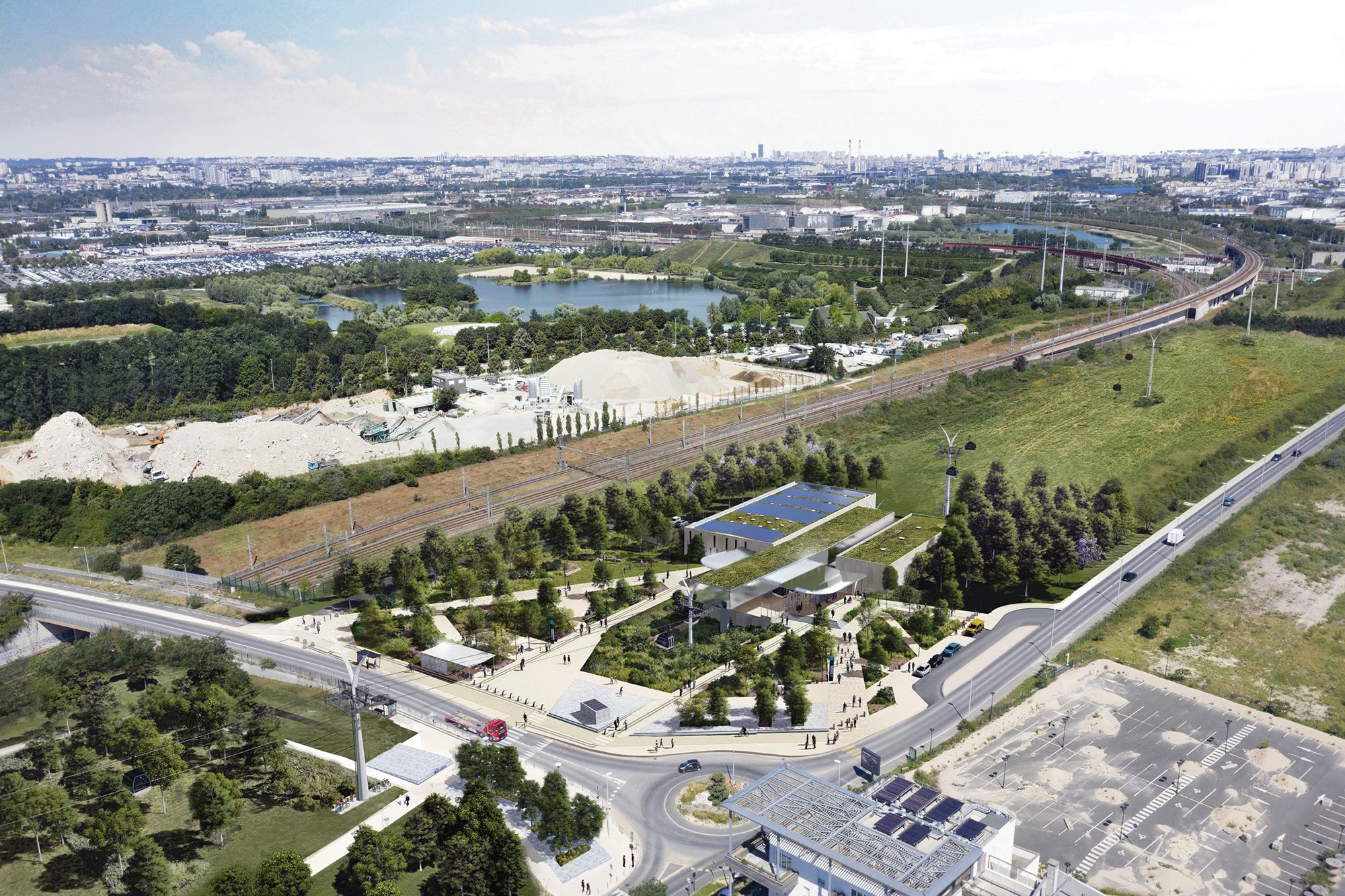Paris from the air with Cable 1 – the electric cable car line set to open in 2025
Though multiple cities around the world already feature the cable car as one of its transport modes, such as Medellin in Colombia and La-Paz in Bolivia, it is quite an innovation for a city like Paris, known for its sometimes cumbersome and quite old public transport networks. For the better part of a decade, the city and its many urbanists have come together in an effort to build the “Greater Paris'' and make the city centre more accessible to its many suburbs.
Île-de-France Mobilités, the public organisation that oversees transport networks in the greater Paris region has announced that its long-standing cable car project ‘Cable 1’ will be running by 2025. The cable car line is the first of its kind in the region, and will be an all-electric connection between Créteil and Villeneuve-St-Georges, linking Paris suburbs to hospitals, schools and places of employment in the centre. The line will stretch over 4.5 kilometres in only 17 minutes, incorporating five stations made fully accessible for the public.


The project provides a concrete solution to the daily mobility challenges of these areas’ residents, often restricted by limited networks and traffic. It will serve over 20,000 people and provide 6,000 jobs and offer a direct connection to the Paris Metro line 8. Cable 1 is part of an initiative to improve their quality of life and therefore has the aim of reducing its environmental impact and integrate harmoniously within its surrounding landscape. This includes the creation of a ‘Coulée Verte’ or green course, which will spread over multiple communes.
"Public transport in Île-de-France, the Île-de-France regions and the Department of Val-de-Marne decided in 2016 to add a new innovative tool for public transport solutions which offered Île-de-France residents on their network the first urban cable car transport line in the region." – Laurent Probst, general director for IDF Mobilites
The cabins, which will come every 30 seconds or less, will transport ten people each, and will be made highly accessible to wheelchairs, bicycles and strollers. Another one of the goals of the projects is to facilitate the combination of mobility by cable car and by bike – for this, bike lanes and infrastructure will be developed around each stop.
The project, which started in 2008, has gone through multiple stages of dialogue between partners and local actors, starting in 2016 with the public presentation of the first feasibility studies. In 2018, a year-long dialogue continued presenting its findings to residents and local actors, and in March 2019, a public inquiry was held until May in which the public was able to participate in debates and give their thoughts on the characteristics and conditions of the project.
As for its design, IDF Mobilités has partnered up with architecture studio Atelier Schall in order to ensure a sustainable and harmonious design for the line. They have designed 33 white pylons to blend seamlessly into the landscape, allowing for the incorporation of vegetation and urban props such as wooden seats and other installations. Every station will also be one-story high only, to ensure its accessibility for all passengers. The cabins are inspired by ski gondolas, and feature windows which use innovative technology to fog over when flying over residential areas for the privacy of its residents.
Though very ambitious, this innovative project is a promising step towards a more inclusive, accessible and sustainable Paris, a city that houses seven million people often working in the centre of the city.
Pictures: Île-de-France Mobilités



